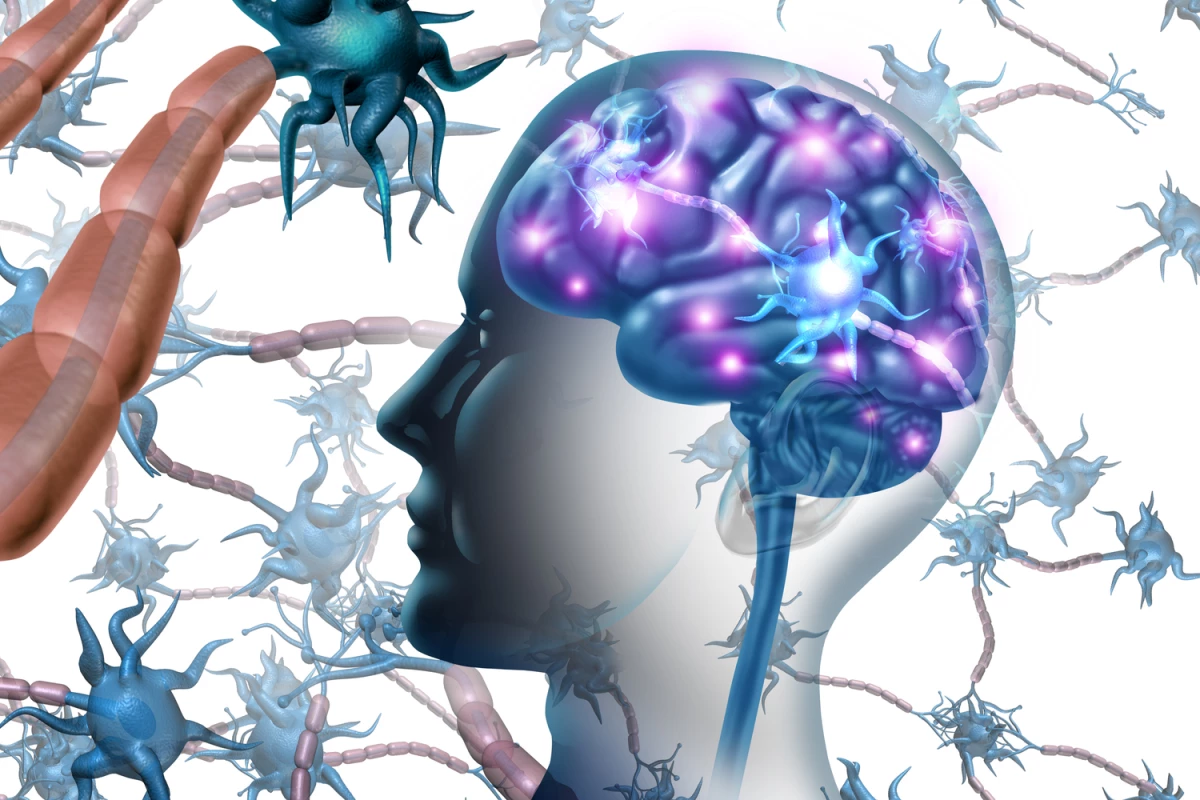An international team of scientists has designed a novel antibody that can accurately detect the toxic oligomers suspected to cause the neurodegeneration associated with Alzheimer’s disease. It's hoped the breakthrough will lead to improved drug design and clinical testing by offering researchers a new way to measure these protein aggregations.
Research into treatments for Alzheimer’s disease has primarily focused on eliminating toxic accumulations of amyloid proteins, known as plaques. Some studies have recently suggested the main neurodegenerative damage associated with dementia and Alzheimer’s may happen at an earlier point, before these amyloid proteins have formed into larger plaques.
The earliest stages of amyloid protein dysfunction in Alzheimer's disease appear to be when the proteins begin misfolding and clumping together. As these misfolding proteins begin clustering they initially form what are called oligomers. And these amyloid oligomers can begin forming more than a decade before larger plaques appear.
“There is an urgent unmet need for quantitative methods to recognize oligomers – which play a major role in Alzheimer’s disease, but are too elusive for standard antibody discovery strategies,” explains Michele Vendruscolo, lead on the new research from the University of Cambridge’s Centre for Misfolding Diseases. “While the amyloid hypothesis is a prevalent view, it has not been fully validated in part because amyloid-beta oligomers are so difficult to detect, so there are differing opinions on what causes Alzheimer’s disease.”
Utilizing an approach developed over a decade at the Centre for Misfolding Diseases, the researchers designed a novel antibody with a highly specific affinity for amyloid oligomers, over any other forms of amyloid proteins. This allows researchers to specifically quantify amyloid oligomers with unprecedented accuracy.
“Oligomers are difficult to detect, isolate, and study,” says Francesco Aprile, first author on the study. “Our method allows the generation of antibody molecules able to target oligomers despite their heterogeneity, and we hope it could be a significant step towards new diagnostic approaches.”
The antibody breakthrough doesn’t immediately point to a new treatment for Alzheimer’s, but the researchers do suggest better diagnostic monitoring of these oligomers will greatly accelerate the development of novel therapies. Clearly detecting these oligomers will offer new insights into the efficacy of experimental drugs and help us understand the early stages of this devastating neurodegenerative disease.
“The discovery of an antibody to accurately target oligomers is, therefore, an important step to monitor the progression of the disease, identify its cause, and eventually keep it under control,” says Vendruscolo.
The new study was published in the journal PNAS.
Source: University of Cambridge




